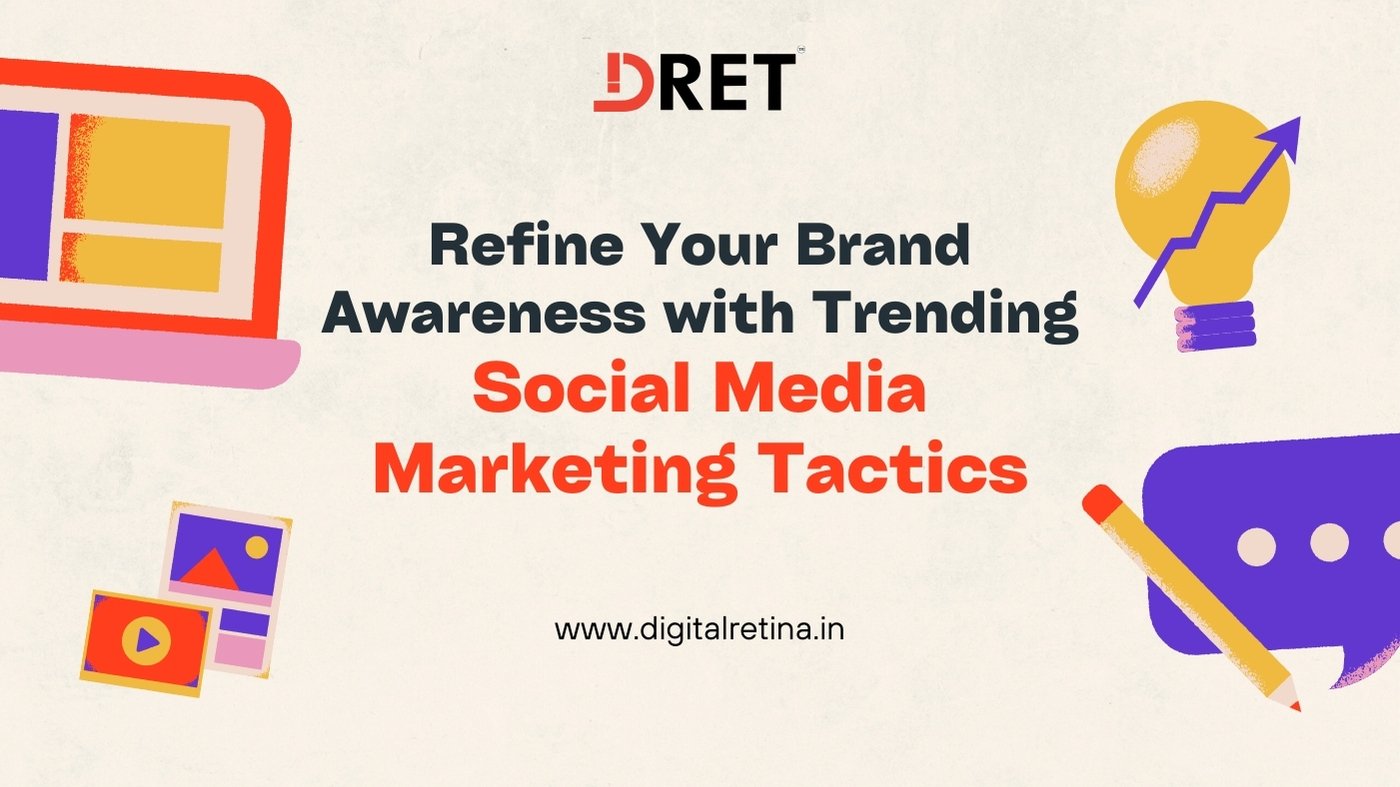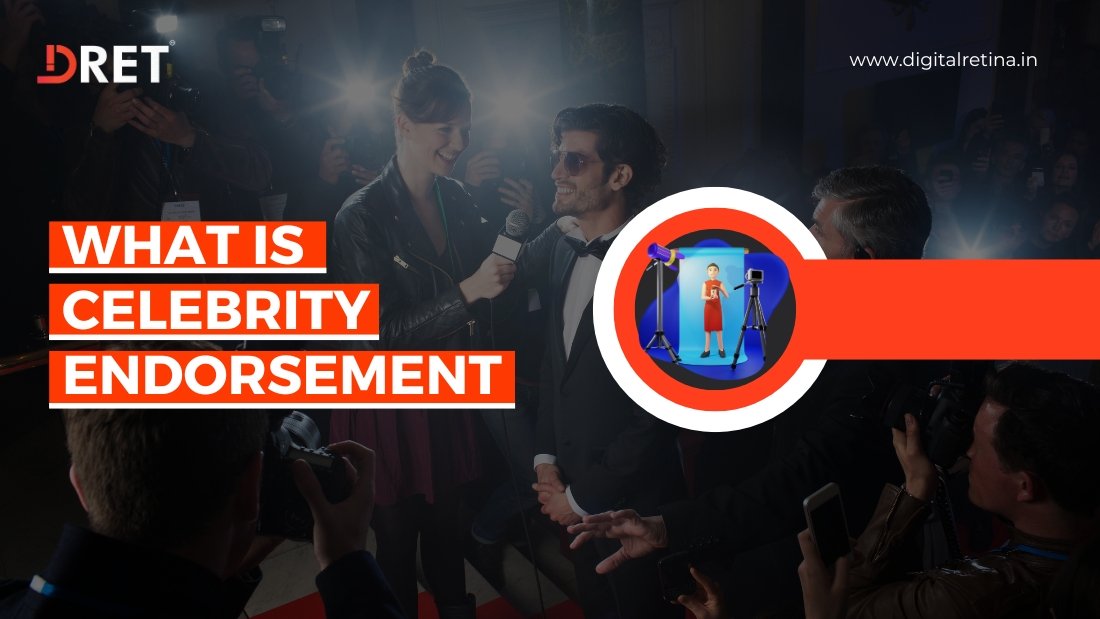
Refine Your Brand Awareness with Trending Social Media Marketing Tactics

Introduction
In the ever-evolving digital landscape, social media has become a cornerstone for businesses aiming to amplify their brand awareness. The right Social Media Marketing Tactics can not only enhance your brand’s online presence but also forge stronger connections with your audience. In this blog, we delve into the latest trends and strategies in social media marketing that can help elevate your brand’s visibility and engagement.
The Importance of Social Media Tactics
Social media is more than just a platform for social interaction; it’s a dynamic space for businesses to showcase their brand, connect with their audience, and even drive sales. Implementing effective Social Media Marketing Tactics involves understanding your audience, crafting compelling content, and staying abreast of the latest trends to keep your brand relevant and engaging.
Key Trends in Social Media Marketing
The realm of social media marketing is continuously evolving, presenting new trends and opportunities for brands to enhance their online presence. Understanding and leveraging these trends is crucial for staying relevant and engaging with your audience effectively. Here’s an in-depth look at the key trends in social media marketing, complete with examples to illustrate their impact:
1. Authenticity and Transparency
In today’s digital age, consumers crave authenticity from brands. They want to see the real stories behind the products, the faces behind the operations, and the values that drive the company. For instance, a brand like Patagonia showcases its commitment to environmental sustainability not just through its products but also through its social media content, resonating deeply with its eco-conscious audience.
2. Video Content Dominance
The explosion of short-form video content, primarily driven by TikTok and Instagram Reels, has changed the social media landscape. Brands are now focusing on creating concise, engaging video content that can capture the audience’s attention quickly. A classic example is Nike, which uses short, inspiring videos featuring athletes to motivate and engage its audience, thereby enhancing brand recall.
3. Influencer Collaborations
Influencer marketing continues to be a powerful tool in social media. Collaborating with influencers who align with your brand values can help you reach new audiences and add a layer of credibility. For example, beauty brand Glossier’s success is partly due to its strategic collaborations with influencers who embody its aesthetic and values, effectively expanding its reach.
4. Interactive Content
Content that encourages user interaction, such as polls, quizzes, and interactive stories, significantly boosts engagement. Starbucks often uses interactive polls on Instagram Stories to engage with its audience, asking them to choose between favorite flavors or products, thereby increasing user involvement and brand engagement.
5. User-Generated Content (UGC)
UGC, like customer reviews, photos, and testimonials, not only provides authenticity but also builds community. GoPro excels in this area by regularly featuring customer-generated content, showcasing real people using their products in extraordinary ways, which serves as powerful social proof.
6. Social Commerce
The integration of e-commerce into social media platforms like Instagram and Facebook allows users to shop directly from posts or ads. For instance, small businesses and artisans on Etsy have been leveraging Instagram Shopping to showcase their products, making it easier for users to purchase directly from the platform.
7. Augmented Reality (AR) Experiences
Brands are increasingly using AR filters and experiences to engage users in a unique way. IKEA, for example, uses AR in its app to allow customers to visualize how furniture would look in their homes, enhancing the shopping experience.
8. Voice and Conversational Marketing
With the rise of voice search and virtual assistants, brands are exploring opportunities in voice and conversational marketing. Creating content that is optimized for voice search and engaging consumers through chatbots on platforms like Facebook Messenger are becoming common practices.
9. Personalization and Customization
Personalized marketing, based on user data and preferences, is becoming increasingly important. Amazon’s targeted product recommendations on its social media channels are an example of using customer data to personalize the shopping experience.
10. Rise of Niche Platforms
Apart from mainstream platforms like Facebook and Instagram, brands are also exploring niche platforms to reach specific audiences. For example, a gaming company might use Twitch, a live streaming platform for gamers, to reach its target audience more effectively.
By staying ahead of these trends, brands can create more engaging, relevant, and effective social media marketing strategies. These trends not only reflect the current state of social media but also indicate where consumer interests and behaviors are heading, providing a roadmap for brands to follow for successful engagement and brand building.
Effective Social Media Marketing Tactics
Implementing effective social media marketing tactics requires a combination of strategic planning, creative content, and keen insight into the latest digital trends. Below are detailed strategies and examples illustrating how businesses can leverage these tactics for successful social media campaigns.
1. Understanding and Segmenting Your Audience
Knowing your audience is the first step in crafting an effective social media strategy. For example, a children’s toy company would focus on engaging parents and families on platforms like Facebook and Instagram, using content that resonates with parental concerns and joys. Segmenting the audience based on factors like age, location, and interests allows for more targeted and effective messaging.
2. Crafting High-Quality, Engaging Content
Content is the core of social media marketing. Red Bull, for example, excels in creating high-energy content that aligns with its brand image, from extreme sports videos to music and lifestyle content. Your content should reflect your brand’s voice and appeal to the interests of your target audience.
3. Leveraging Different Content Formats
Utilizing a variety of content formats – such as images, videos, live streams, and stories – can cater to diverse audience preferences. A fashion retailer might use Instagram Stories for behind-the-scenes glimpses into fashion shows, while posting high-resolution product images in their feed.
4. Utilizing Data Analytics and Insights
Data analytics provide critical insights into campaign performance. By analyzing metrics such as engagement rates, click-through rates, and follower growth, businesses can refine their strategies. For example, a food delivery service could track which types of cuisine posts garner the most engagement and adjust their content strategy accordingly.
5. Engaging Actively with the Audience
Engagement is key in social media. Actively engaging with comments, messages, and reviews fosters a sense of community centered around your brand. For instance, Netflix is known for its witty and timely responses on Twitter, enhancing its brand personality and customer engagement.
6. Staying Up-to-Date with Trends and Platform Updates
Adapting to the latest social media trends and algorithm changes is crucial. When TikTok emerged as a popular platform, many brands quickly adapted by creating native content that resonated with TikTok’s unique, youthful audience.
7. Implementing Influencer Collaborations
Collaborating with influencers can significantly enhance your brand’s visibility and impact. A skincare brand partnering with beauty influencers for product reviews and tutorials can tap into the influencer’s established audience and credibility.
8. Utilizing Paid Social Media Advertising
Paid advertising on social media can be highly targeted and effective. For example, a new coffee shop might use Facebook’s targeted advertising to reach coffee enthusiasts in its locality.
9. Creating Interactive
Encouraging user-generated content can significantly boost engagement and brand loyalty. A travel agency might create a hashtag campaign encouraging users to share photos of their vacations, which can be reposted on the agency’s social media platforms.
10. Focusing on Storytelling
Storytelling can be a powerful tool in creating an emotional connection with your audience. A brand like Airbnb uses storytelling in its social media, showcasing real stories of hosts and travelers, making the brand more relatable and inspiring.
By implementing these tactics, businesses can craft a social media marketing strategy that is not only effective in reaching and engaging their target audience but also adaptable to the ever-changing digital landscape. These examples illustrate how a thoughtful approach to social media marketing can yield substantial benefits in terms of brand awareness, customer engagement, and overall business growth.
Conclusion
In the age of digital marketing, refining your brand awareness through effective Social Media Marketing Tactics is essential. Partnering with a skilled marketing company, like Digital Retina, can provide the expertise and insights needed to navigate the complex world of social media. Digital Retina, a renowned Social Media Marketing Agency in Noida, offers tailored strategies that align with the latest trends, ensuring your brand not only resonates with your audience but also stands out in the competitive digital arena. Embrace these tactics to transform your social media presence and take your brand to new heights of recognition and success.






